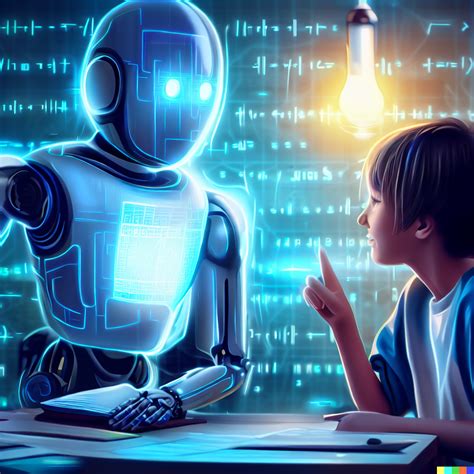The conversation around improving math education with AI has gained substantial traction, largely driven by institutions like Khan Academy. Founded with a mission to democratize education, Khan Academy is now rigorously exploring the potential of AI tutors to enhance math learning for students worldwide. But like any significant transition, this endeavor is laden with both optimism and skepticism from various quarters. The promise is alluring: a digital tutor that can provide personalized guidance, adapt to each student’s learning pace, and is available anytime, anywhere. However, are these AI tutors truly equipped to replace the nuanced, often empathetic human touch of traditional tutoring?
One major point of contention is the belief that AI initiatives might be motivated by revenue rather than educational advancement. While some critics argue that this push towards AI is a mere ploy for financial gain, it’s essential to contextualize Khan Academy’s status as a 501(c)3 non-profit organization. Unlike for-profit entities, non-profits like Khan Academy do not distribute earnings to private shareholders. Any revenue generated funnels back into the organization’s mission. This structure should, in theory, alleviate concerns about profit-driven motives. Yet, it doesn’t entirely dispel the doubts surrounding the high compensations that might exist within non-profits, suggesting a more complex picture of financial stewardship and mission-driven activity.
Diving deeper into the efficacy of AI tutors, a primary cynical view is the fear that AI-driven solutions are nothing more than cost-cutting measures. The idea is that replacing human tutors with AI could be seen as a way to reduce expenses rather than genuinely aiming to enhance the quality of education. This skepticism, although not unfounded, overlooks a critical component of the AI narrative: scalability. While hiring skilled math tutors for millions of students globally is practically impossible, deploying AI can democratize access to personalized education, especially in underserved regions. AI can be particularly transformative for students in remote areas who lack access to qualified teachers. For instance, a student in a remote village could leverage AI tutors to receive quality education at an unprecedented scale. This function serves as a potential counter-argument to the concern that AI is merely a budget-friendly substitute for human educators.
Moreover, the effectiveness of AI tutors like Khanmigo doesn’t merely rest on cost-efficiency. Rather, it hinges on their capability to emulate the problem-solving approaches of human tutors. A significant development in AI-driven math tutoring has been the shift from conventional AI models to more advanced ones like GPT-4 Turbo and upcoming models such as GPT-4o. These new models are designed to better mimic human cognitive processes during tutoring sessions. Enhancements include the AI’s capacity to consider multiple ways students might have arrived at an answer, thereby mimicking the interactive and diagnostic nature of live tutoring. A good tutor attempts to diagnose where the student went wrong and provides corrective feedback, and this is what makes AI tutors promising.
That said, while AI shows promise in aiding math education, several studies raise valid concerns about its current limitations. For example, research has shown that tools like Khan Academy enhance learning outcomes, but the specific efficacy of AI-driven experiences like Khanmigo warrants further empirical scrutiny. Some comments from experienced educators and users indicate that while AI excels at procedural problem-solving, it struggles in addressing more complex, conceptual understandings of math. This critique underscores a vital point: learning math is not just about solving problems but understanding underlying principles, which often requires nuanced explanations and adaptive teaching strategies that may currently be beyond the reach of AI.
Another aspect to consider is the psychological impact of relying on AI for learning. While engaging, personalized AI tutors are transformative, there are concerns about the potential for students to develop unhealthy dependencies on these technologies. The relationship dynamics between human teachers and students provide essential social and emotional context that AI cannot replicate. AI models, despite their growing sophistication, cannot fully grasp or respond to the emotional and psychological subtleties of student interactions. Moreover, the fear remains that over-reliance on AI could lead to diminished critical thinking skills. The rich human experience that contributes to learning from making mistakes, critical discussions, and real-time feedback may dilute if AI tutors entirely replace human educators.
In conclusion, the integration of AI in math tutoring holds immense promise, especially in its ability to democratize education for underserved populations. The move towards AI-driven learning is not without its share of controversies and challenges. Stakeholders must navigate this transition with clear-eyed scrutiny and an unwavering commitment to empirical evaluation and ethical considerations. Establishing transparent benchmarks for AI efficacy, addressing financial and operational transparency, and ensuring that AI complements rather than replaces the irreplaceable human element are critical steps forward. This nuanced approach could help maximize the benefits of AI in education while mitigating its potential drawbacks, fostering a future where technology truly enhances learning for everyone.


Leave a Reply